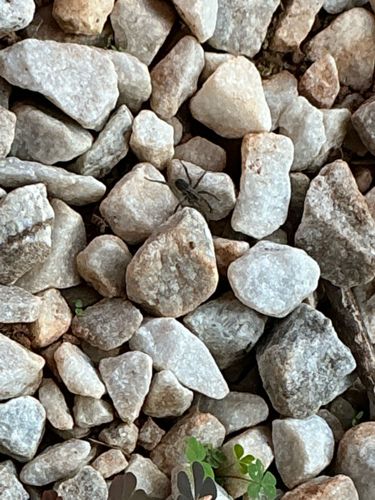Spider Wasp
Scientific Name: Pompilidae
Order & Family: Hymenoptera, Pompilidae
Size: Typically "0.5 to 2 inches (1.3 to 5 cm)"

Natural Habitat
Found in various habitats worldwide, particularly in sunny, open areas like gardens, fields, and woodlands where they can hunt for spiders.
Diet & Feeding
Adult spider wasps feed on nectar and pollen. The larvae are carnivorous, developing on a paralyzed spider provided by the mother wasp.
Behavior Patterns
Spider wasps are solitary. Females hunt and paralyze spiders with their sting, then drag them to a pre-built burrow or crevice where they lay a single egg on the spider. The larva then feeds on the living but paralyzed spider. They are often seen scurrying on the ground, searching for prey.
Risks & Benefits
Potential Risks: They can deliver a painful, though not usually medically significant, sting if provoked or handled, ranking high on the Schmidt sting pain index. Potential Benefits: They act as a form of natural pest control by preying on spiders, including some species that might be considered pests.
Identified on: 9/22/2025